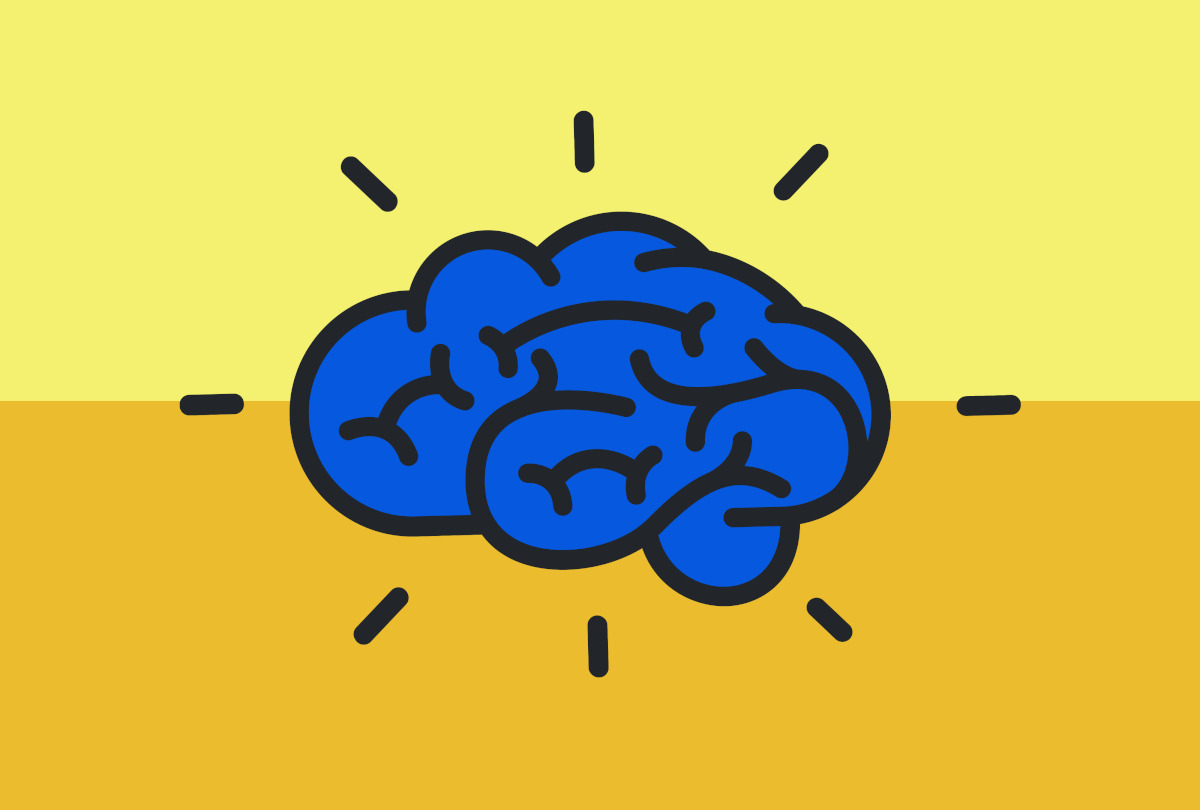When most people think about staying healthy in retirement, they picture gym memberships, protein shakes, and yoga mats.
But here’s the thing — longevity isn’t just built through reps and resistance bands. It’s built through joy, curiosity, and community.
There’s a growing body of research showing that having meaningful hobbies can extend your life as much as, or even more than, structured exercise.
Why? Because hobbies give you a sense of purpose. They lower stress, strengthen social ties, and keep your brain flexible — all major predictors of longevity.
Let’s take a look at ten of the most powerful ones.
1) Gardening
If there’s one activity that consistently pops up in studies on longevity, it’s gardening hobby.
It’s physical enough to keep you moving but gentle enough to sustain for decades.
More importantly, it connects you with nature — something that so many people lose touch with after retirement.
According to research published in the British Journal of Sports Medicine, gardening reduces stress hormones and lowers the risk of heart disease.
Plus, there’s that undeniable sense of satisfaction that comes from watching something grow because of your care.
I started growing herbs during the pandemic — basil, thyme, mint — and I swear, clipping those leaves became a daily meditation.
It’s hard to feel anxious when you’re surrounded by green things quietly thriving.
2) Volunteering
Purpose is one of the strongest predictors of a longer, happier life.
A long-term study from the University of Michigan found that retirees who volunteered regularly had a 40% lower risk of hypertension.
Helping others lights up the same reward centers in the brain as receiving a gift.
But the best part? Volunteering keeps you socially connected — a factor researchers say rivals exercise when it comes to longevity.
Whether it’s mentoring young people, delivering meals, or helping out at the local library, volunteering keeps your sense of relevance alive.
It reminds you that you still matter — not just to your family, but to your community.
3) Painting or drawing
Creativity is deeply therapeutic. It reduces anxiety, improves focus, and encourages mindfulness.
You don’t have to be Picasso to benefit, either. What matters is the act of creating art — putting color, shape, and feeling onto a page.
A study from Drexel University found that making art lowers cortisol levels in just 45 minutes, regardless of skill level. That’s as effective as a brisk walk when it comes to stress reduction.
Many retirees rediscover painting as a form of expression they never had time for during their working years.
The canvas doesn’t judge deadlines or productivity. It’s simply a space to breathe.
4) Learning a musical instrument
There’s something magical about watching someone in their seventies pick up a guitar or piano for the first time.
Learning an instrument builds new neural pathways, improving memory and cognitive resilience.
Researchers from Northwestern University have even found that musical training helps preserve hearing and speech comprehension as we age.
I’ve seen this personally. My uncle, who took up drumming at 68, swears it keeps his mind sharp.
He jokes that “coordinating four limbs should count as brain exercise,” and honestly, he’s right.
Music engages emotion, focus, and rhythm — all while sparking joy. And unlike a treadmill, it never feels like a chore.
5) Walking clubs
Here’s the thing about walking — it’s underrated.
Walking itself is obviously great for your body, but walking with others is even better for your soul.
Joining a walking group or a hiking club combines light exercise with connection and conversation.
A 2015 meta-analysis in The British Journal of Sports Medicine found that people who regularly joined walking groups had improved blood pressure, cholesterol, and mental health — even more than those who walked alone.
I’ve joined a local weekend walking group myself.
The best part isn’t the distance we cover, but the stories swapped along the way. It turns an ordinary workout into a community ritual.
6) Birdwatching
This might sound niche, but birdwatching is having a quiet renaissance.
It combines mindfulness, nature, and gentle movement — the trifecta of mental well-being.
It also keeps your observational skills sharp, which is essential for cognitive longevity.
Psychologists from the University of Exeter found that simply noticing birds and trees correlates with lower rates of depression and anxiety.
It’s not about counting species. It’s about attention — learning to slow down and notice the world around you.
There’s a peace that comes from standing still and really looking. And for many retirees, that’s a new kind of productivity worth cultivating.
7) Dancing
Few hobbies deliver as many benefits in one package as dancing.
It’s cardiovascular exercise, coordination training, and social bonding all in one.
Studies from the Albert Einstein College of Medicine found that dancing — especially social forms like salsa or ballroom — reduces dementia risk more than any other physical activity.
And here’s the beauty of it: dancing is playful. It brings laughter back into movement.
You’re not counting reps or tracking calories — you’re just moving to music and feeling alive.
One of my friends’ parents started tango lessons at 70 and said it “woke up” something inside them. That’s the real benefit — not just longevity, but vitality.
8) Reading and book clubs
If exercise keeps the body young, reading keeps the brain sharp.
Regular readers live longer.
That’s not a metaphor — a Yale study found that people who read books for just 30 minutes a day lived nearly two years longer than those who didn’t.
But the key isn’t just reading alone. Joining a book club adds a layer of social and intellectual stimulation that supercharges those benefits.
You’re not just consuming words — you’re discussing ideas, debating perspectives, and staying mentally agile.
I’m part of a small book club myself, and every time we meet, I’m reminded how energizing it is to talk with people who see the same story differently.
That exchange keeps the mind flexible — one of the biggest predictors of cognitive health in aging.
9) Cooking new cuisines
Cooking is both art and science — and for retirees, it’s also longevity medicine.
Experimenting with new recipes, especially plant-forward ones, keeps the brain active through problem-solving, creativity, and sensory engagement.
It’s also a great way to connect with others over shared meals, which boosts happiness and lowers inflammation.
Researchers from the Blue Zones project — which studies the world’s longest-living populations — note that shared, home-cooked meals are a key lifestyle factor across all longevity hotspots.
Even trying one new cuisine a month can transform your relationship with food. It’s not about fancy plating. It’s about curiosity and joy at the table.
10) Meditation and tai chi
Both meditation and tai chi fall into what psychologists call “embodied mindfulness” — a blend of awareness, breathing, and gentle movement.
These practices don’t just calm the mind; they recalibrate the nervous system.
Harvard researchers have found that regular meditation can lengthen telomeres — the protective caps on your DNA linked to aging.
Tai chi, meanwhile, improves balance, coordination, and emotional regulation.
It’s also been shown to reduce fall risk by nearly 50% in older adults, according to a 2022 review in Frontiers in Public Health.
But beyond the research, these practices create something harder to measure — a kind of calm strength. The ability to meet life’s changes with steadiness instead of stress.
That’s longevity at its core.
The bottom line
Longevity isn’t just about muscles or macros. It’s about meaning.
The retirees who live the longest — and the fullest — tend to have something that keeps them curious, connected, and creative.
They’re the ones tending a garden, joining a dance class, or painting for the sheer joy of it.
They’re learning new instruments, spotting birds, cooking with friends, and walking with purpose.
These aren’t hobbies that chase fitness goals. They create them naturally — because they nurture joy, belonging, and mental clarity.
If you’re planning for your later years, don’t just think about cardio. Think about connection.
The kind that makes your days longer not just in number, but in color.
First Appeared on
Source link













